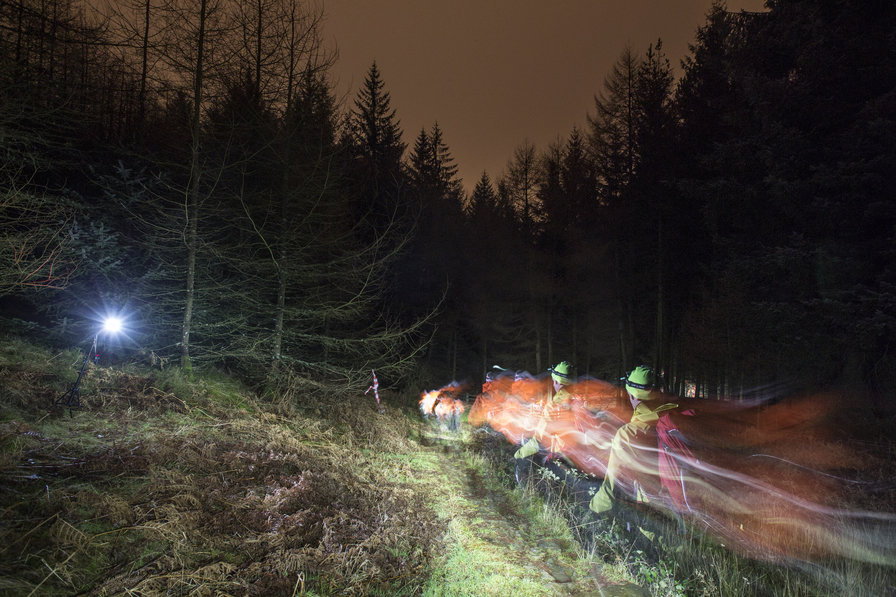We think of our sense perceptions as a constant inward flow, like a video feed. But recent research finds that in actuality, it operates on a different model, one more akin to a strobe light. More precisely, our hearing and vision are rhythmic pulsations taking place inside the brain.
“Recent evidence suggests that ongoing brain oscillations may be instrumental in binding and integrating multi-sensory signals,” the authors of this latest study write. Previous work proved that vision works this way. Now, researchers at the University of Sydney in Australia, along with Italian colleagues, discovered that hearing does as well. Their results were published in the journal Current Biology.
When we survey a scene, the brain doesn’t pay attention to everything all at once. If it did, our ancestors wouldn’t have made it very far. They’d have been gobbled up by predators in no time, as they’d be constantly overwhelmed by sensory overload. Instead, the brain prioritizes certain things over others, mostly opportunities and threats. This helped our early ancestors survive and thrive, since it allowed us to reserve limited cognitive energy, by concentrating on what’s important.













